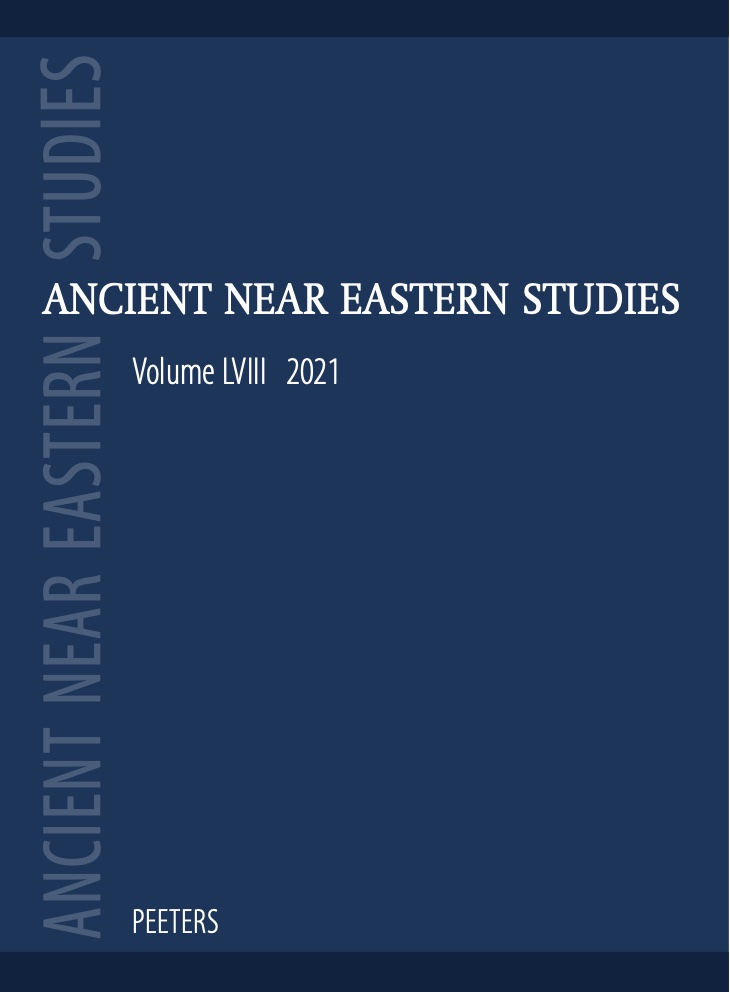 previous article in this issue previous article in this issue | next article in this issue  |

|
Document Details : Title: The Chronology of the Iron Age seen from Kilise Tepe Author(s): POSTGATE, J.N. Journal: Ancient Near Eastern Studies Volume: 45 Date: 2008 Pages: 166-187 DOI: 10.2143/ANES.45.0.2033169 Abstract : Starting from the Late Bronze to Iron Age stratigraphic sequence at Kilise Tepe in the Göksu valley, this contribution explores some of the difficulties encountered fixing it in time. One major problem centres round the cessation of Hittite political control: the historical sources suggest that this would have been in the early twelfth century, and both Level IIc and IId, which is datable to around 1170 BC on the basis of LH IIIc Mycenaean ceramics, were destroyed about this time. Yet stratigraphy indicates that the major change in the material culture of Kilise Tepe occurred significantly earlier, at the initial foundation of the Level II Stele Building on a different alignment from the Level III architecture, which is characterized by recognizably ‘Hittite’ ceramics. As for later in the Iron Age, our assemblage of ‘White Painted IV’ ceramics proves not to provide the chronological fixed point one might hope for, because of the uncertainties which affect the dating of similar wares on Cyprus and at Tarsus; and before this, although alongside developments in the locally produced wares we can see imports or imitations of other Eastern Mediterranean traditions, they too fail to provide fixed points in the absence of radiocarbon or dendrochronological precisions. |
|
